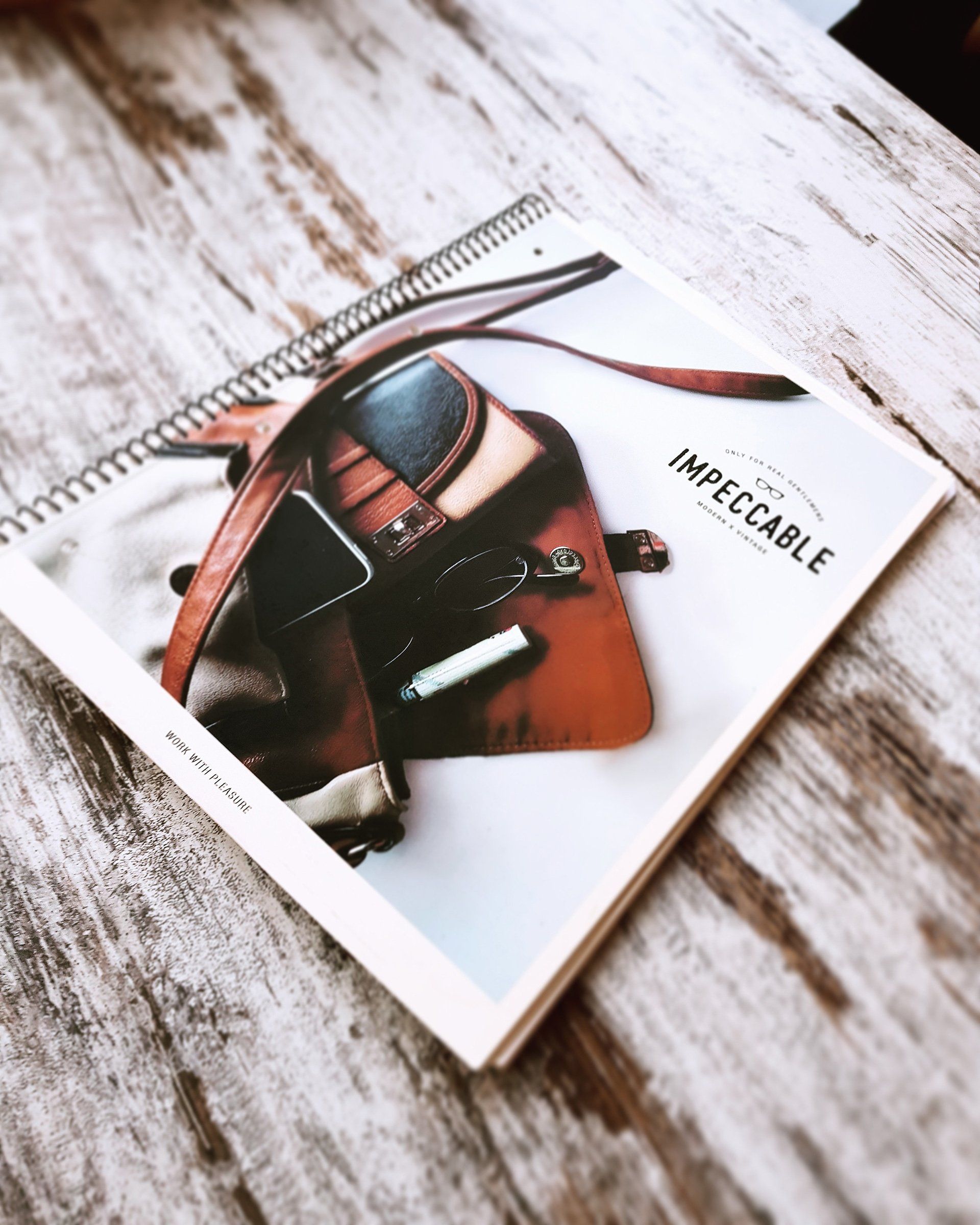1031 Exchange Basics
Do You Want to Save Money on Taxes?
Find out Some Basics About the 1031 Tax Exchange
Property values are at highest levels ever! By taking advantage of the Internal Revenue Code Section 1031 tax deferred exchange, you can maximize your investment, especially if you have held it for a long time.
The 1031 exchange gives the owner the ability to dispose of a property without incurring capital gain tax, which would otherwise go to the government. The options to diversify both geographically and by the type of investment property are unlimited.
A qualifying property is "like kind", meaning one held for investment purposes or the taxpayer's trade or business. Sometimes clients think they can trade their home, but personal owner-occupied residences are not qualifying properties, along with stocks, bonds, land being developed, property flips which are for immediate resale.
There is more than one type of exchange, but the most common is the simultaneous exchange where the two properties close on the same day, but there are delayed and reverse exchanges.
All exchanges fall under certain timeline rules and use of a qualified intermediary who holds the funds until the replacement property is found and ready to close. The replacement property must close within 180 days, and must be one of the three properties identified in the first 45 days.
The selection of the qualified intermediary is an important step, because there are not federal or state regulations governing intermediaries. Using known established entities such as some attorneys, title company affiliates, or other businesses which specialize in that role, should be searched out in advance, and certain questions should be asked in advance concerning bonding, interest earned on funds, membership in an intermediary professional organization, etc., because as a Realtor, I do not handle that function, but I can assist in directing the client to intermediary resources.
The taxpayer cannot receive "boot", or taxable income from the taxation, if they wish to avoid paying any tax money, but there may be reasons why they do receive boot, as long as they understand they will be paying tax on it.
The best 1031 exchange experience is in trading laterally or up, not trading down, which results in boot received. Pay uncovered charges with cash at closing, and do not receive non-like-kind property.
- 45-day Rule to name replacement properties
- Any three properties regardless of value
- 200% rule - any number of properties that does not exceed 200% of fair market value of exchange property or properties.
- 95% rule - any number of replacement properties if fair market value is 95%, or, to defer capital gains taxes, you must reinvest at least 95% of the proceeds, which amounts to $950,000 of a $1,000,000 selling price property, into a replacement property.
It's important to establish intent to participate in a 1031 exchange by inserting certain language in the purchase contract with a buyer disclosing the exchange, and it may even be a good idea to disclose the intent to exchange in the listing contract with the Realtor, although not required.
There can be many more aspects to a 1031 exchange, and the taxpayer is well advised to consult with a tax advisor in advance for handling any possible tax consequences.
For more help on real estate information go to Services link below.
Save Time
Earn More
Grow Faster
Friendly Support





